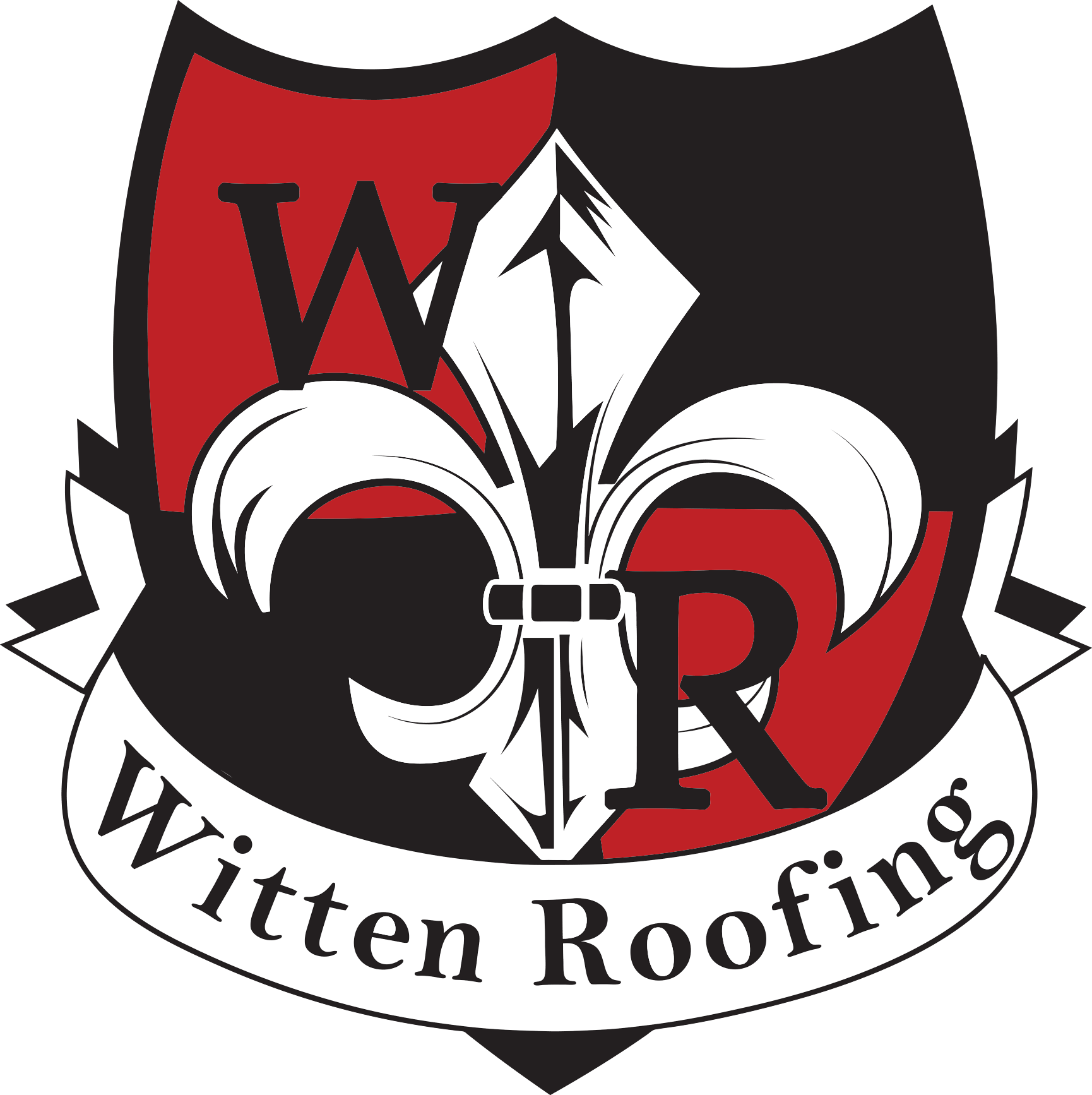Hailstorms can sweep through in minutes, but the damage they cause to your roof can last for years if left unaddressed. While some hail damage is immediately visible, other signs are subtle, hiding beneath the surface until leaks or structural issues appear. Understanding how hail impacts your roofing system — and the steps to take afterward — can save you thousands in repairs and extend the life of your roof.
In this article, we’ll cover how hail damages roofing materials, how to spot the signs, what to do after a storm, and the process professional roofers use to repair or replace hail-damaged roofs.
Why Hail Is So Hard on Roofs
Hailstones vary greatly in size, from small pellets to golf-ball-sized ice chunks. Even smaller hail can cause harm if combined with high winds. When hail strikes your roof, it can:
- Dislodge protective granules on asphalt shingles, exposing the underlying material to UV rays and accelerating wear.
- Crack or split shingles, especially in older roofs where the material is more brittle.
- Create dents in metal roofing that may not compromise performance immediately but can shorten its lifespan.
- Damage flashing, vents, and gutters, increasing the risk of leaks.
- Bruise the roof deck beneath the shingles, weakening structural integrity over time.
It’s not just the size of the hailstone that matters — wind speed, storm duration, and the age of your roof also determine how severe the damage will be.
Immediate and Long-Term Effects of Hail Damage
Immediate Effects:
- Visible dents, cracks, or missing shingles
- Dislodged shingle granules collecting in gutters
- Damaged roof accessories like skylights or vents
Long-Term Effects:
- Gradual roof leaks as water penetrates cracks and bruises
- Mold growth in the attic or walls from water intrusion
- Accelerated shingle deterioration due to UV exposure
- Higher heating and cooling costs from reduced insulation protection
Even if your roof appears fine from the ground, hail damage can worsen over time. That’s why timely inspections are critical.
How to Spot Hail Damage
Some hail damage is easy to identify, but most requires a trained eye. Homeowners should look for:
- Shingle bruising – Soft spots that feel spongy under light pressure
- Granule loss – Dark, bare spots on shingles
- Dents in soft metals – Check flashing, gutters, and vents for impact marks
- Broken edges or corners – Common on older or brittle shingles
- Interior water spots – Signs of a leak already forming
If you suspect damage, avoid walking on the roof yourself. A professional roofer can inspect safely and document damage for insurance purposes.
The Insurance Side of Hail Damage
Many homeowners’ insurance policies cover hail damage, but filing a claim can be tricky without proper documentation. A professional roofer can:
- Perform a thorough inspection after a storm.
- Take photos and videos of all impacted areas.
- Provide a written report to submit with your claim.
- Meet with your insurance adjuster to verify the findings.
This process helps ensure you get fair coverage for repairs or replacement, avoiding disputes over whether the damage is cosmetic or functional.
How Professionals Repair Hail-Damaged Roofs
The repair process depends on the extent of the damage:
1. Minor Repairs
If only a few shingles are damaged, roofers can replace them individually. This approach is cost-effective but only works if the surrounding shingles are still in good condition.
2. Partial Replacement
If damage is concentrated in one section of the roof, a partial replacement may be recommended. This prevents mismatched wear patterns and ensures weather protection in the affected area.
3. Full Roof Replacement
Severe hailstorms often cause widespread damage, making full replacement the best long-term solution. Modern roofing systems — like impact-resistant shingles — offer better hail protection and energy efficiency.
4. Accessory Replacement
Roofers will also repair or replace damaged flashing, vents, gutters, skylights, and other components to restore full functionality.
Why Timely Repairs Matter
Hail damage might seem minor at first, but ignoring it can lead to:
- Higher repair costs as damage spreads
- Voided manufacturer warranties if issues aren’t addressed
- Reduced home value due to visible roof wear
- Potential insurance claim denials if damage isn’t reported promptly
A quick inspection and timely repairs protect your investment and give you peace of mind before the next storm.
Preventing Future Hail Damage
While you can’t control the weather, you can choose roofing materials designed to withstand it. Some preventive measures include:
- Impact-resistant shingles (rated Class 4) that can better absorb hail impact.
- Regular roof maintenance to ensure shingles, flashing, and sealants are in top condition.
- Gutter guards to prevent hail and debris buildup.
When it’s time for a new roof, talk to your contractor about materials and designs that will perform best in your area’s climate.
Need an Inspection?
If your home has been through a recent hailstorm, the safest step is to schedule a free online inspection with a trusted roofing contractor. This ensures any hidden damage is caught early and documented properly for insurance purposes. Even if you’re unsure about filing a claim, having a detailed inspection report gives you the information you need to make the best decision for your home.
Frequently Asked Questions About Hail Damage
Q:
How big does hail need to be to damage a roof?
A:
Even hail as small as a dime can cause damage, especially to older or worn roofs. Larger hail, combined with high winds, increases the risk significantly.
Q:
Can I see all hail damage from the ground?
A:
No. Some of the most serious damage occurs beneath the surface of the shingles or on areas not visible from the yard. That’s why professional inspections are important.
Q:
Will my insurance rates go up if I file a hail damage claim?
A:
Hail damage is considered an “act of nature,” so it typically won’t raise your rates the same way an at-fault claim might. However, this can vary by provider and location.
Q:
How soon should I get my roof inspected after a hailstorm?
A:
Ideally, within a few days. Waiting too long can allow damage to worsen or make it harder to prove the cause for insurance purposes.
Q:
Is it worth upgrading to impact-resistant shingles?
A:
Yes — they’re more durable, can extend your roof’s lifespan, and may even qualify you for insurance discounts.




